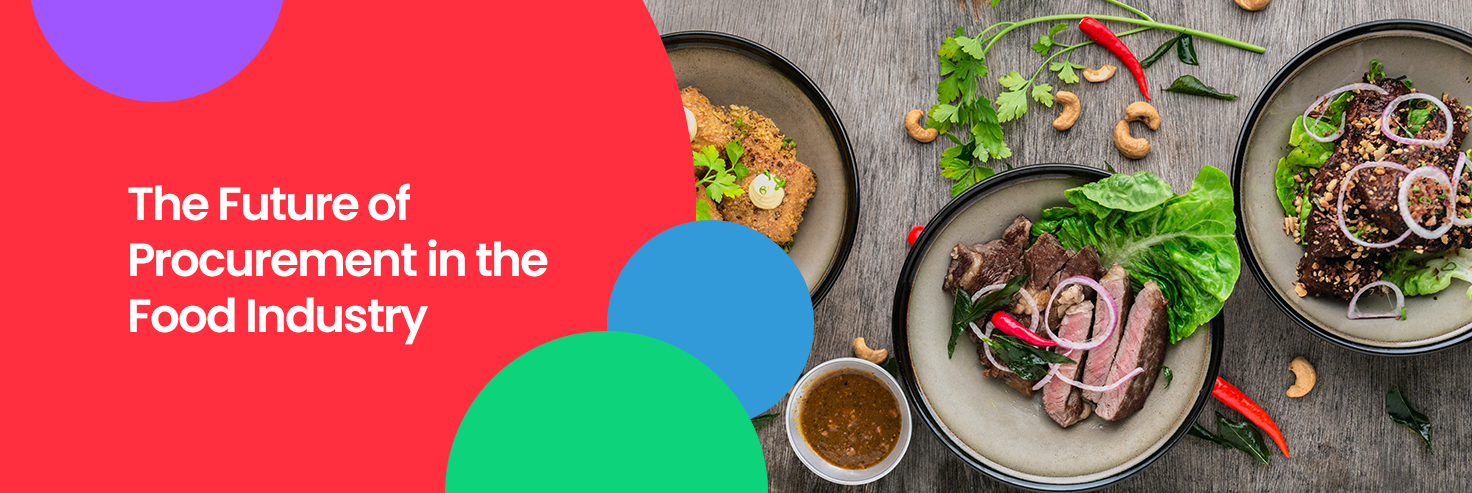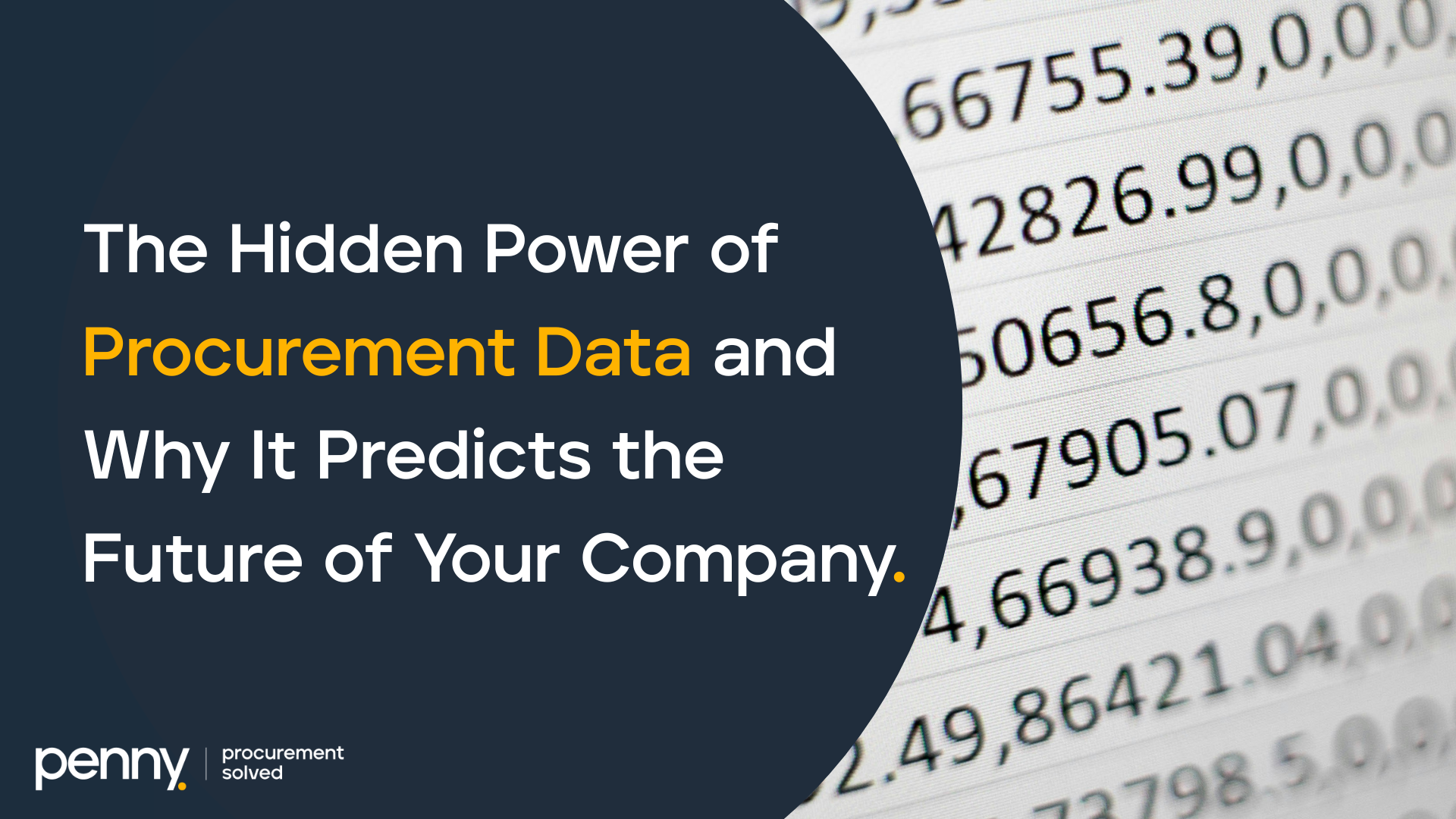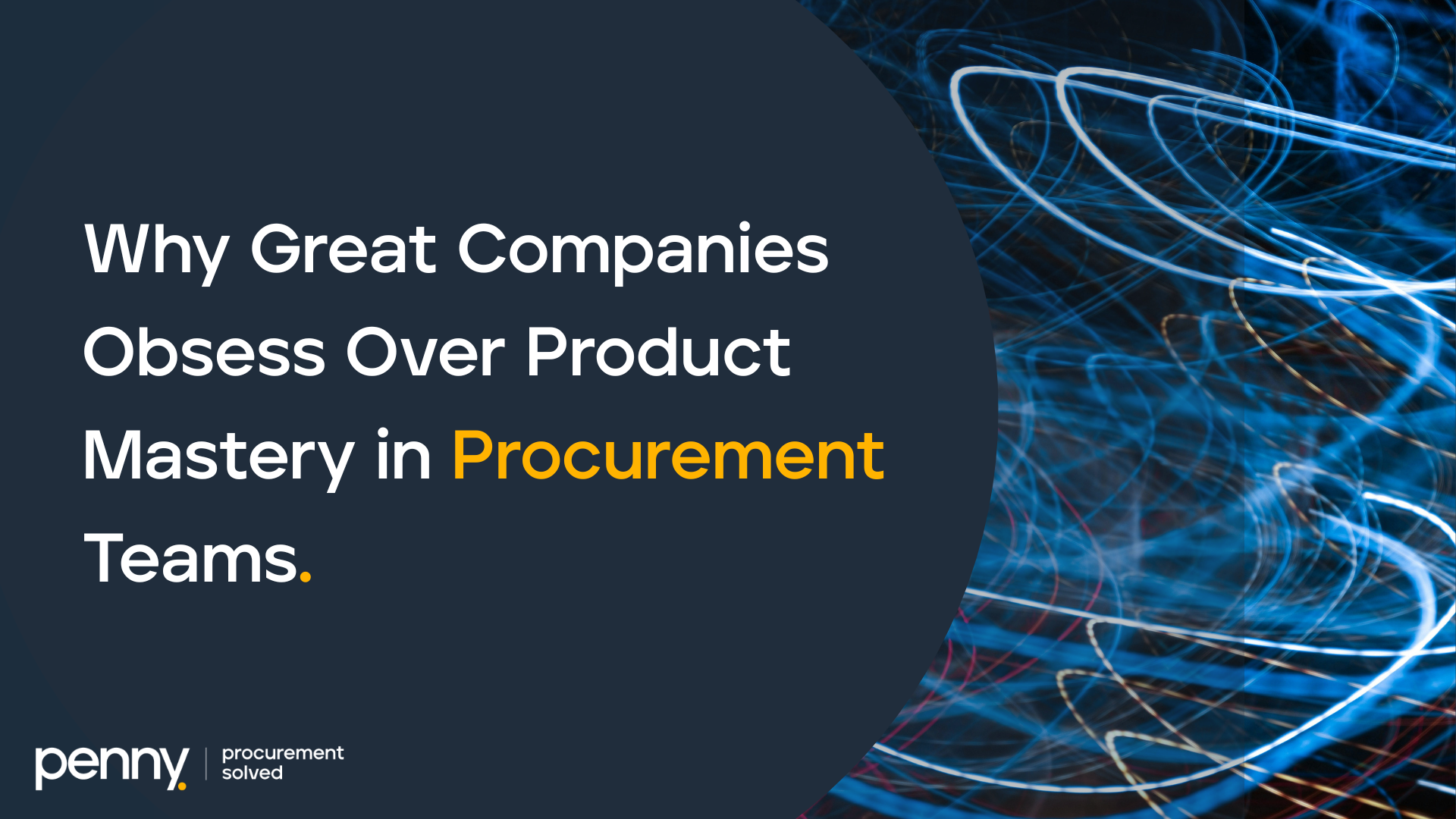The traditional procurement process in the restaurant sector “Procurement in food industry” has traditionally been a painstaking, paper-based, time-consuming, boring routine that involved knowledgeable buyers, capable sellers, and a precise set of inventory and audit procedures.
Simply put, restaurants must manage their purchasing processes to keep prices down while increasing output. An inefficient purchasing process might result in inflated goods costs, which can have a detrimental influence on the company’s bottom line.
But now, e-procurement seems to be the solution for today and tomorrow.
Photo by Lily Banse on Unsplash
E-procurement in the Food Industry
Searching for producers, distributors, buyers, vendors, goods and services more efficiently and cost-effectively are significant purchase concerns. Buyer needs should be more closely aligned with specific product and service data, technical specs, support and training materials, and other associated issues.
The Role of E-procurement in the Food Industry
Similarly, a good set of purchasing operations requires the capacity to transfer data that provides the current cost, inventory levels, new product releases, accurate inventory reports, and other data. One of the main advantages of e-procurement is having easy access to such data.
Here are other benefits of e-procurement in the food industry:
- Reduced costs – Due to comparable, competitive shopping and aggregated buying, restaurants can benefit from having reduced costs. Shopping, order preparation, entry, payment settlement, customer support, and related expenses are all dropped for the restaurant.
- Better Pricing – Because most internet companies expect large aggregate transactions, they offer massive buying power through dynamic negotiated prices, preferred vendor programmes, and rebate programmes.
- Increased Productivity — Streamlined operations remove many time-consuming and onerous processes associated with traditional offline purchases.
- Supplier Connections – Access to purchase history, platform membership, or other partnerships gives restaurants the ability to find favorable pricing options among suppliers.
- Leveraged Procurement – Combined or joint procurement amongst several buyers (and vendors) reduces buyer risk while lowering unit prices for big orders. Packaged purchases can also increase due to group auctions or related item endorsements.
- Detailed Product Info – Specific product profiles, technical specs, support programs, order status tracking, forecasts, and other related data are all available.
- Lower On-site Stocking — Improving the compatibility of inventory level with restaurant business volume, inventory levels, and forecasts can help restaurants stock fewer items on-site and have less money tied up in inventory.
Bottom Line
Determining the person responsible for making purchase decisions is crucial in food procurement. Quick distribution, optimized traceability, fast order fulfillment, and effective transaction monitoring are all benefits of using an e-procurement system in the food industry.
Plus, cost control, strategic decision support, and procurement data management are three areas where e-procurement software can help. So, considering all the benefits of cloud-based procurement in the food industry, players in this space need to look for an affordable and effective e-procurement solution that can take them to the next level.
Fortunately, we at Penny offer a wide range of solutions that precisely fit your needs and budget. Please don’t hesitate to contact us as our team of experts is waiting and ready to find you the perfect e-procurement software.


